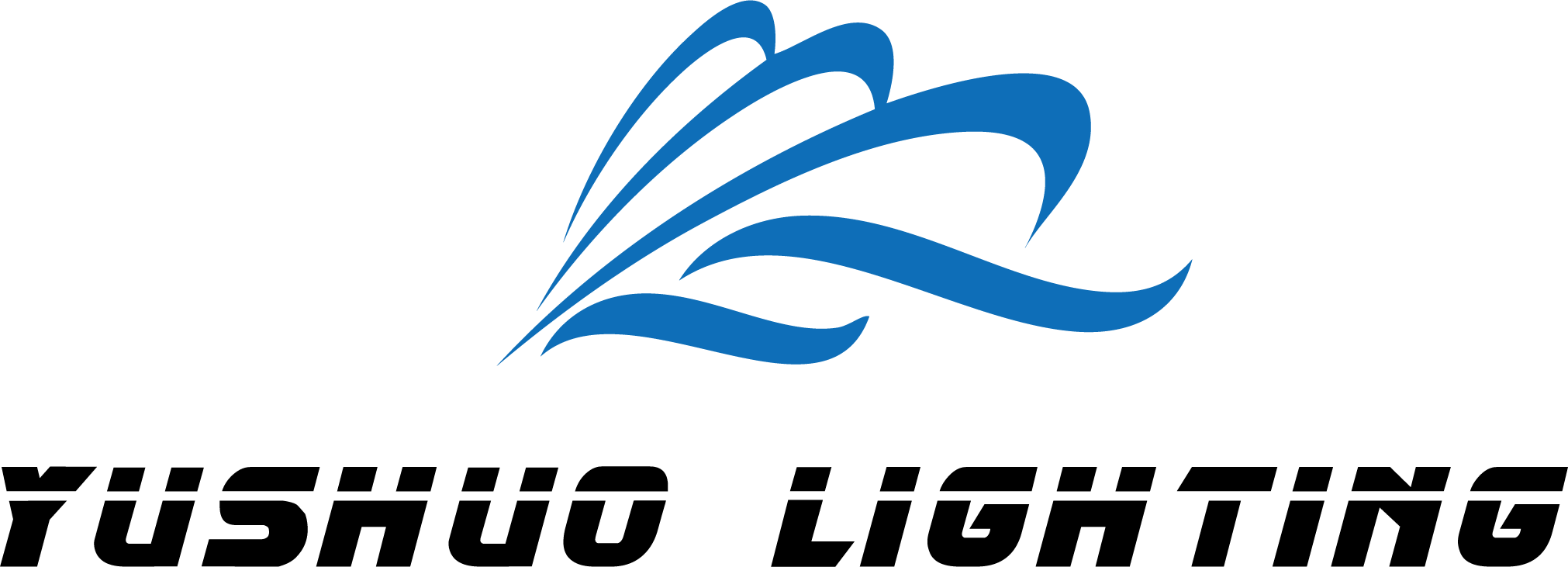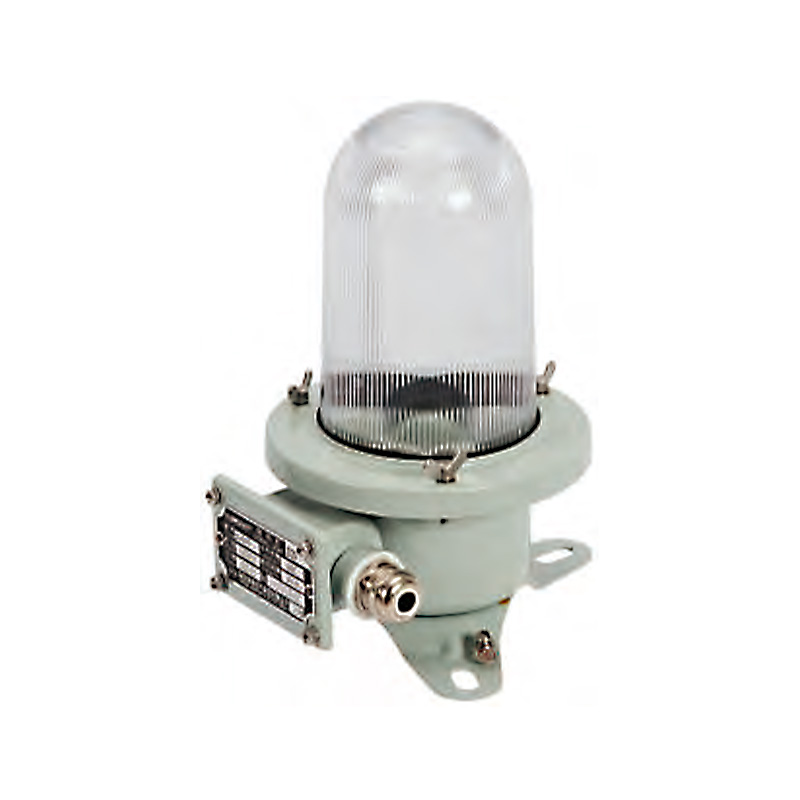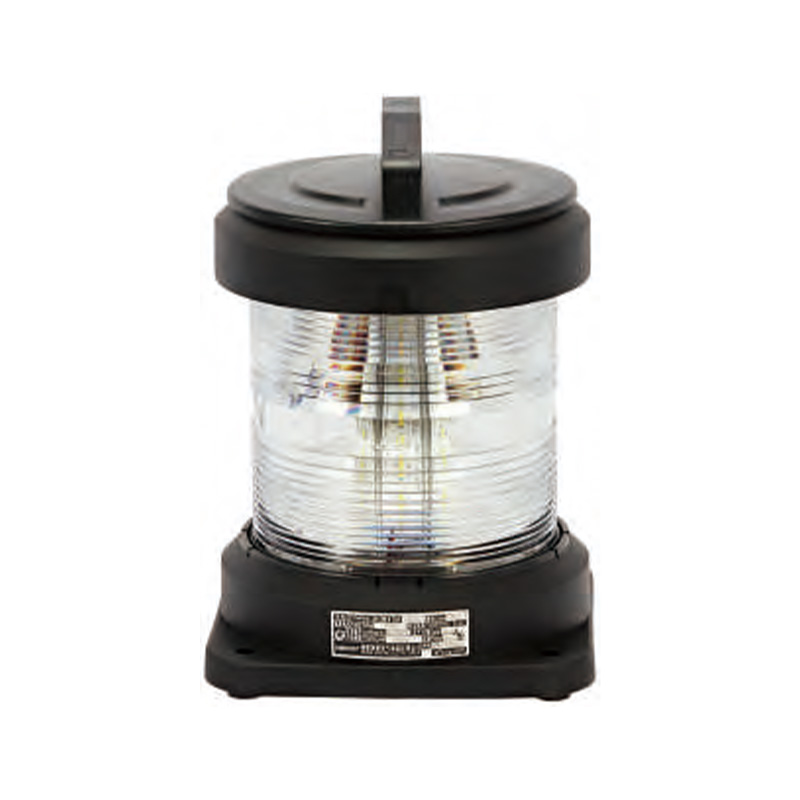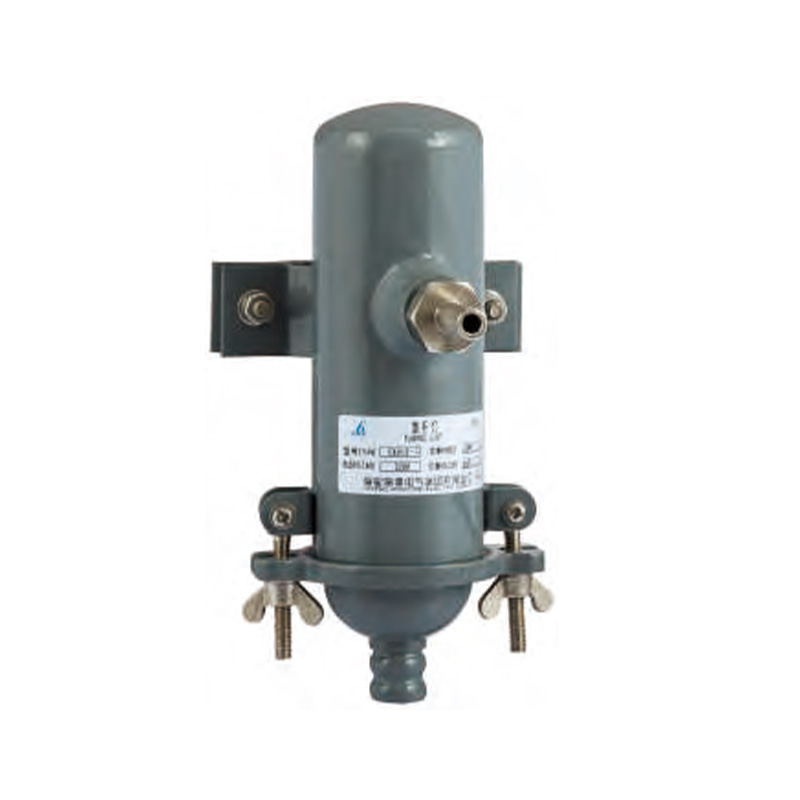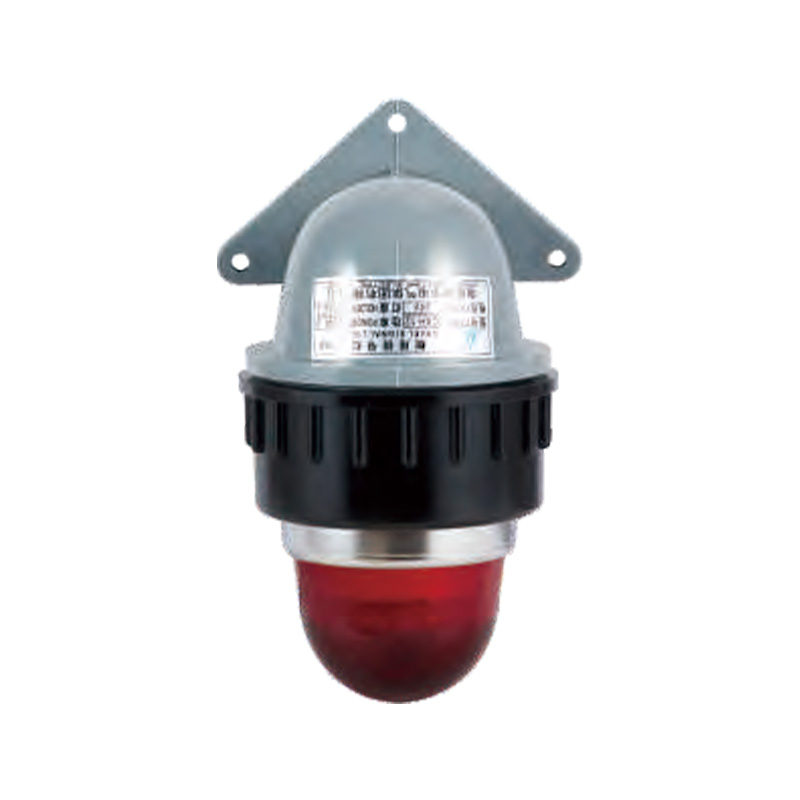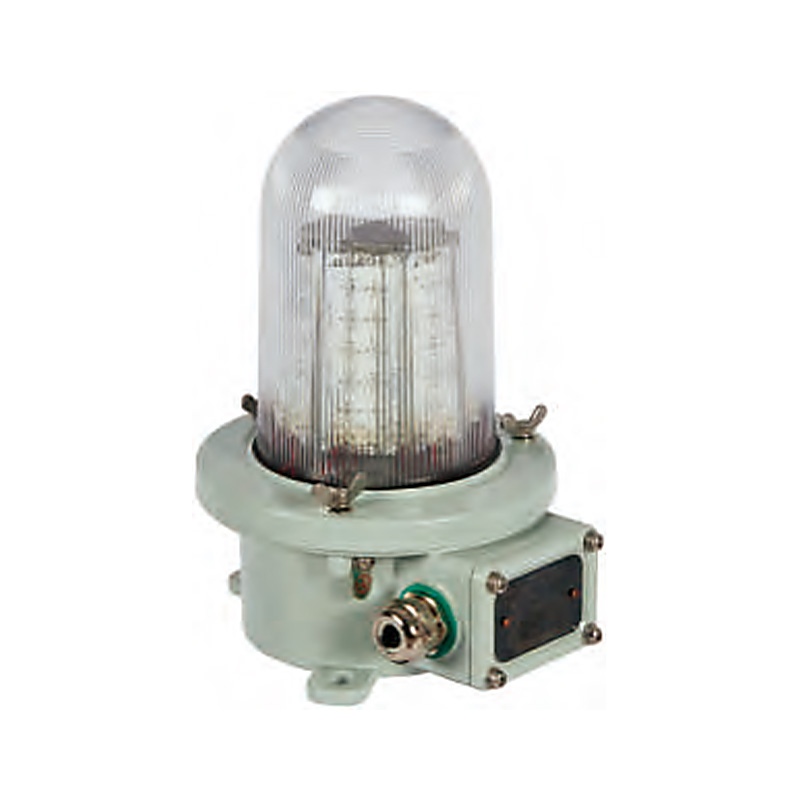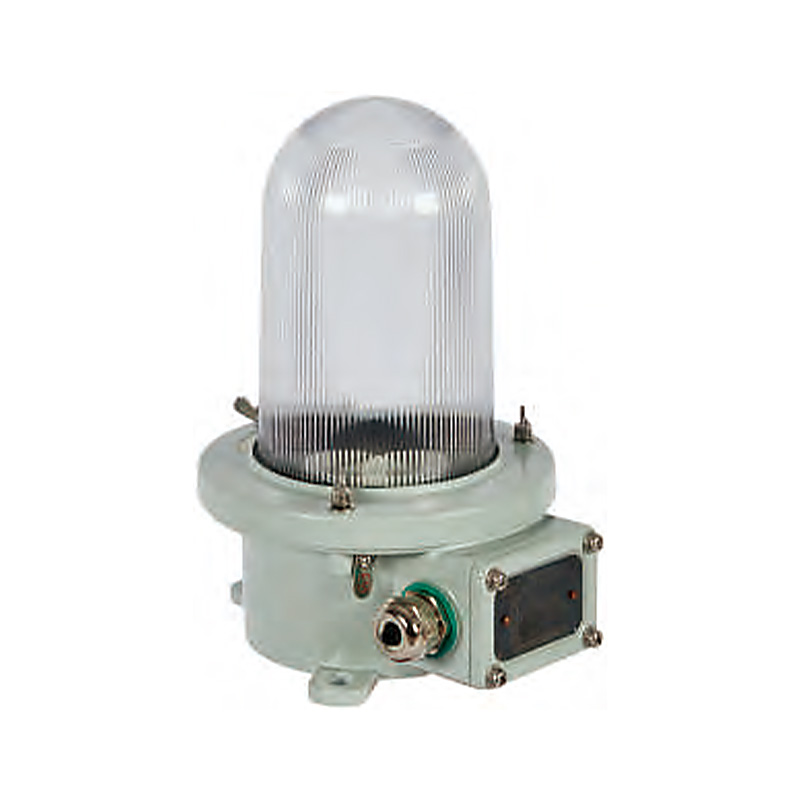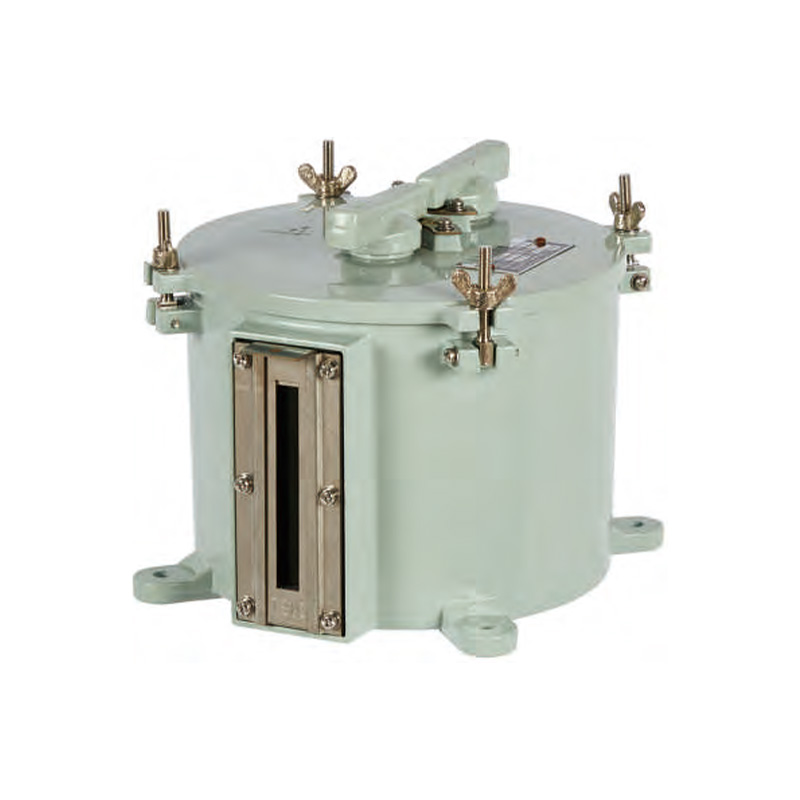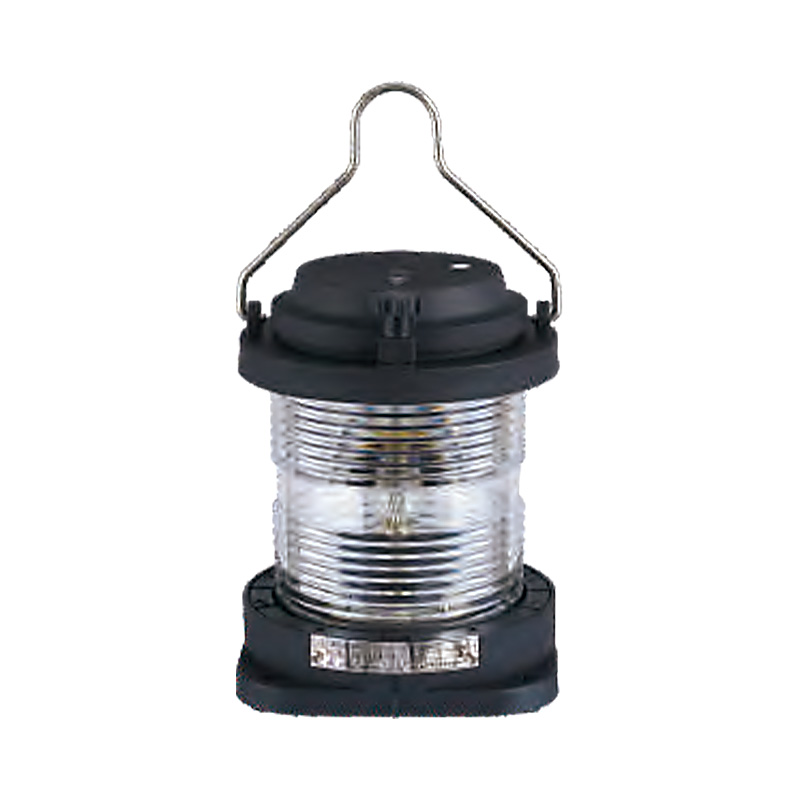16 Common Misunderstandings about Port and Starboard Lights
Port and starboard lights are crucial safety features during navigation. However, many shipowners and crew members make common mistakes when using and maintaining port lights, which can seriously impact navigation safety. As an experienced marine lighting manufacturer, we’ve compiled 16 common mistakes to help you avoid them.
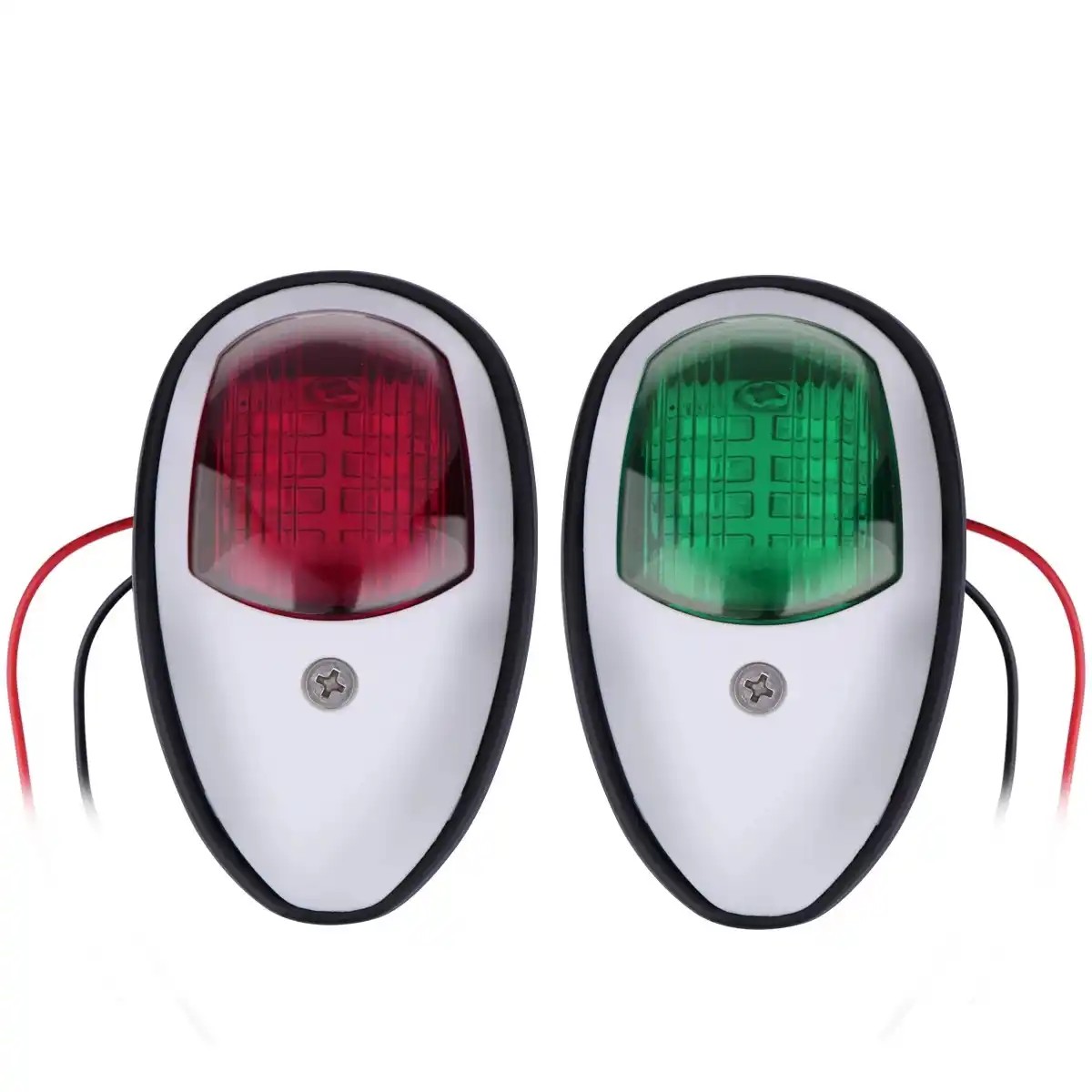
Table of Contents
1. Focus Solely on Brightness, Not Light Pattern and Obscuration Angles
Many boat owners focus solely on brightness when choosing sidelights, believing that brighter means safer lighting. However, this is a mistake. If the sidelight’s beam angle exceeds the specified range, it will illuminate irrelevant directions, potentially disrupting the vision of other boats. The correct approach is to ensure that both port and starboard lights have a horizontal visibility angle of 112.5° and a clear cutoff. Furthermore, the vertical divergence angle must meet specifications to avoid light spillage from above or below. When choosing a sidelight, choose one with a complete light distribution curve and photometric report to ensure that its optical performance meets your requirements.
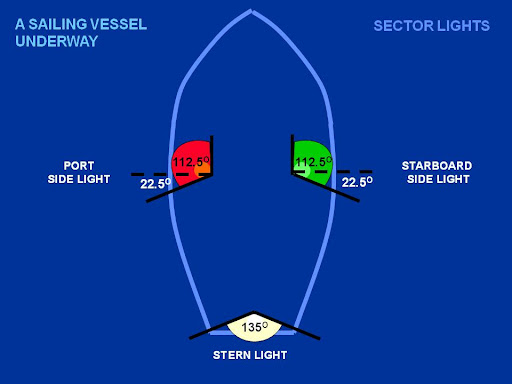
2. Inaccurate Color
When selecting port or starboard lights, color drift in the LED fixture or poor-quality filters can cause red light to appear orange or green light to appear bluish. This color deviation can easily lead to misjudgment during long-distance nighttime navigation. The correct approach is to select light sources and filter materials that meet the chromaticity limits of aviation regulations and verify color stability at the factory and during annual maintenance. Also, avoid replacing non-original lamps or filters to ensure color accuracy.
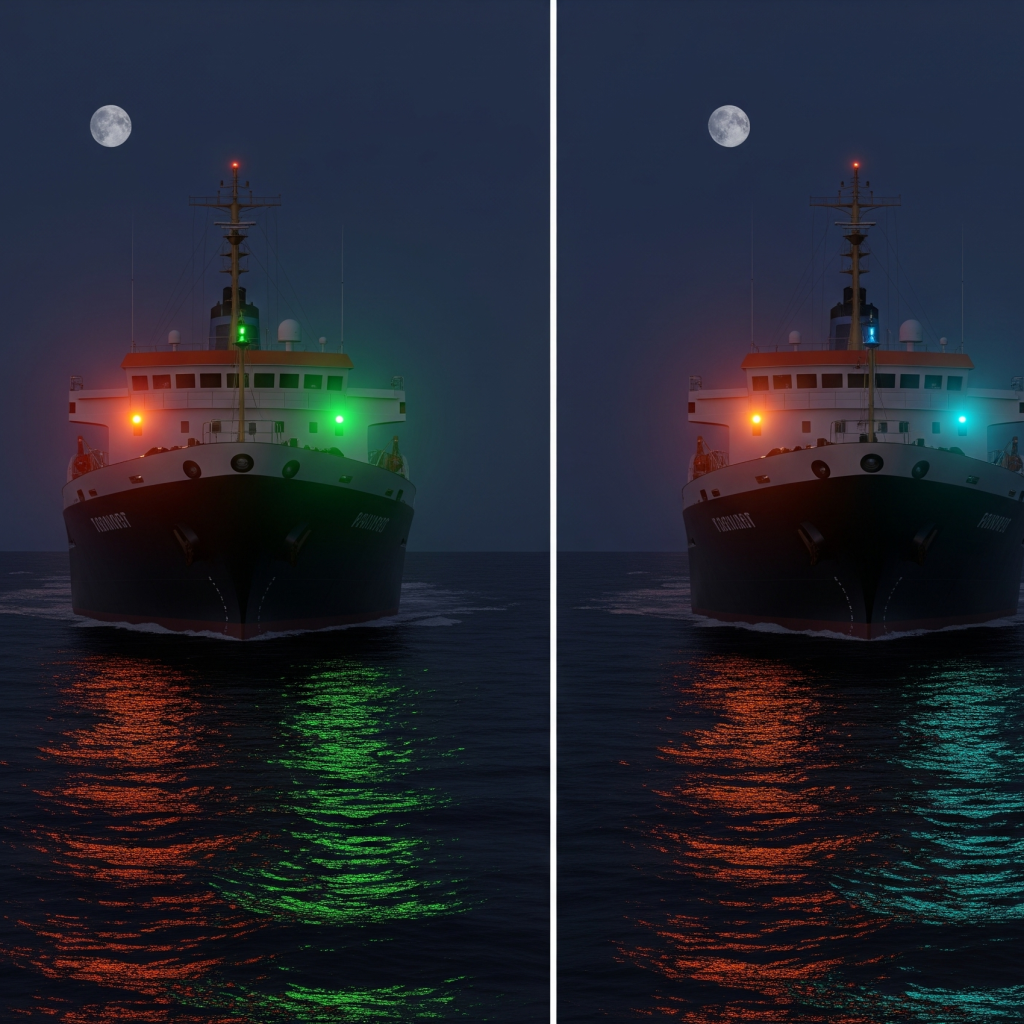
3. Wrong Installation Location or Obstruction
The installation position of the port and starboard lights is crucial. If the port or starboard lights are installed too low, too far back, or are blocked by objects such as railings or davits, they will be “out of sight” or have insufficient visibility. The correct installation method is as follows:
Port Light Installation
Sidelights should be installed at an appropriate height on the port side of the vessel, typically no less than 2 meters above the deck, to ensure their light clearly illuminates the bow and port side waters while avoiding obstruction by cargo or other equipment on deck.
Sidelights should be installed forward on the port side, close to the vessel’s centerline, to ensure their light covers the entire visible area on the port side. Their specific location should be determined based on the vessel’s design datum line, ensuring they are not obstructed by decks, railings, or lifting equipment in all headings.
If there are obstructions on the port side of the vessel that could obstruct the sidelights, such as railings or davits, the sidelights should be mounted above or outside the obstructions using raised bases or extension brackets to ensure unobstructed light. After installation, a 360° visual inspection and remote calibration should be performed to ensure visibility.
Starboard Light Installation
The starboard light should be installed at an appropriate height on the starboard side of the vessel, typically no less than 2 meters above the deck, to ensure that its light clearly illuminates the bow and the starboard waters while avoiding obstruction by cargo or other equipment on deck.
The starboard light should be installed forward of the starboard side, close to the centerline, to ensure that its light covers the entire visible area on the starboard side. The specific location should be determined based on the vessel’s design datum line, ensuring that it is not obstructed by the deck, railings, or lifting equipment in all headings.
If there are obstructions on the starboard side of the vessel that could obstruct the starboard light, such as railings or davits, the starboard light should be installed above or outside the obstruction using a raised base or extension bracket to ensure unobstructed light projection. After installation, a 360° visual inspection and remote calibration should be performed to ensure the starboard light is visible.
By correctly installing the port and starboard lights and ensuring that their positions meet the requirements, potential navigation safety hazards caused by incorrect installation positions or obstructions can be effectively avoided.
4. Line Voltage Drop and Improper Wiring
Wires that are too thin, too long, or have oxidized connectors can result in low voltage at the lamp end, affecting brightness and color. The correct approach is to use marine-grade, multi-strand copper wire and select the appropriate wire diameter based on the current. Crimped terminals and waterproof heat shrink should be applied at key points. Measure the voltage at the lamp end in the “lit” state. If the voltage is low, consider shortening the circuit or increasing the wire diameter.
5. Neglecting Daily Maintenance of Lenses and Seals
Factors such as salt spray crystallization, oil film, and UV aging can cause the light transmittance of the port and starboard lights to decrease, and the seals to harden and allow water to enter. The correct approach is to clean the lampshade monthly using fresh water and a neutral detergent. During seasonal inspections, check the seals and tightening torque. If fog or water is detected inside the lampshade, replace the seals and desiccant immediately.
6. Use Non-marine or Modified Parts Instead
It’s a common mistake to replace marine lighting with LED fixtures from auto parts stores or generic spotlights. These fixtures haven’t undergone rigorous testing for corrosion, waterproofing, vibration resistance, and electromagnetic compatibility (EMC). They can easily generate electromagnetic interference (EMI), disrupting ship communication and navigation systems like VHF radios, AIS, and radar, leading to communication and navigation errors and potentially posing safety risks. Furthermore, they are susceptible to corrosion and damage in the harsh marine environment, increasing replacement costs and potentially depriving the ship of essential lighting at critical moments.
The correct approach is to use marine-grade products designed specifically for ships. These products are corrosion-resistant, waterproof (typically meeting IP67 or higher standards), vibration-resistant, and electromagnetic compatibility (EMC)-compliant. They ensure reliable operation without interfering with other equipment. At the same time, unauthorized modifications, such as changes to light source power or driver circuits, should be avoided. Any necessary changes should be performed by professionals to ensure the safety and functionality of the lighting system.
Practical Tip: When purchasing marine lighting, always check for certification from reputable organizations like UL and DNV, demonstrating compliance with safety and performance standards. Even with marine-grade products, regularly inspect for corrosion, damage, or wear and address any issues promptly. If in doubt, consult the manufacturer’s documentation or contact customer support for expert guidance.
Replacing your vessel’s lighting system with non-marine-grade or modified parts can lead to serious safety risks and operational issues. By choosing marine-grade products that have been tested and certified, and avoiding unauthorized modifications, you can ensure your vessel’s lighting system remains reliable and safe in the harsh marine environment.
7. Deck Floodlights Drown out Navigation Lights
When moored or fishing at night, using powerful deck lights or searchlights can reduce the visual contrast of the sidelights, making them difficult for other vessels to see. Corrective measures include shading shields and return angles for deck lights, and proper wiring and grouping. When underway, limit direct horizontal glare to avoid glare from the sidelights.
8. Short Distance or Overlapping Color Zones
Two-color lights or left and right lights positioned too close together can cause color mixing at certain angles, making it difficult for other vessels to determine which side is being viewed. Corrective measures include maintaining light position spacing and shielding depth according to specifications. Optical designs with clearly defined compartments and cutoffs should be used, and color separation should be verified at multiple angles from 0° to 135° after installation.
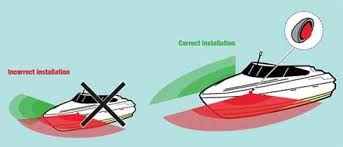
9. Not Performing Nighttime Calibration
Everything may appear normal during the day, but at night, problems such as misaligned mounting angles, light spot bleed-over, or interference from reflectors may occur. Corrective measures include “dusk/nighttime dynamic inspections” as part of monthly maintenance. During inspections, observations should be made at a distance of 50–200 m, and telescopes and goniometers should be used for corrections if necessary.
10. Ignoring Electromagnetic Compatibility (EMI)
Poor-quality drivers or wiring can generate noise in VHF, AIS, GPS, and other frequency bands, affecting communication and positioning. The correct approach is to use lamps and drivers that have passed EMC testing. Add chokes or filters to the power supply input. Signal and power cables should be routed in layers and maintained apart. Single-point grounding should be implemented at critical points.
11. Failing to Consider Environmental Extremes
Extreme environments such as tropical scorching sun, polar freezing temperatures, or high-speed impacts can cause standard lamps to fail. The correct approach is to select high-temperature-resistant housings, wide-temperature LEDs, and vibration-resistant structures based on the operating area. Install anti-loosening devices and spring washers in critical locations, and use vibration-damping mounts when necessary.
12. Lack of Maintenance Records and Insufficient Spare Parts
Without maintenance records and spare parts, unexpected failures during inspections or at sea can lead to involuntary suspension of operations. The correct approach is to maintain a lamp inventory, recording information such as serial number, installation location, inspection date, and measurement values. Lighting modules, seals, fuses and connectors should always be available, and a quick recovery strategy of “replacement instead of repair” should be implemented.
13. Power Sharing Leads to Misoperation
Sharing navigation lights with cabin/deck lighting switches or circuits can easily lead to accidental turning them on or off during operation. The correct approach is to use independent circuits and indicators. Light status indicators and fault alarms should be provided on the bridge, and key functions should be protected from accidental touches with covers.
14. Ignoring the Contrast Between Hull Reflections and Backgrounds
High-gloss white side panels or metal nameplates can reflect and diffuse port lights, creating a “light spot” from a distance. The correct approach is to use matte frames and blackened interiors, and add sunshades where necessary. Avoid installing highly reflective trim near port and starboard lights.
15. Randomly Changing Color Temperature or Adding Color Filters
Many boat owners opt for cooler-colored LEDs or color filters for a more aesthetically pleasing look. This can alter the color and visibility of the port and starboard lights, potentially leading to accidents. The correct approach is to use only manufacturer-certified, original light sources and filters. Any “personalized modification” should prioritize compliance.
16. Ignoring Power Quality
Generator switching and shore power connection generate surges and high ripple, which can cause LED driver protection or premature aging. The correct approach is to add surge protection and voltage stabilization devices at the power distribution end. Important lighting fixtures should use wide-voltage and wide-frequency drivers with ample buffer capacitance.
Advice to Ship Owners
If you’re purchasing or upgrading port and starboard lights for your vessel, we recommend considering the following key aspects to ensure your chosen lights not only meet regulatory requirements but also deliver optimal performance in real-world use, ensuring the safety of your vessel and crew.
First, checking certifications is crucial. Ensure your chosen port and starboard lights fully comply with the International Regulations for Preventing Collisions at Sea (COLREGs) and the specific requirements of local maritime regulations. When inquiring about the lighting’s testing standards, confirm that it has passed salt spray testing to verify corrosion resistance; vibration testing to ensure stability and reliability when the vessel pitches; and electromagnetic compatibility testing to prevent interference with the vessel’s communication and navigation systems. Furthermore, prioritizing LED lighting is a wise decision.
Yushuo’s marine lighting not only offers a long lifespan, significantly reducing long-term maintenance costs, but also reduces fuel consumption due to its efficient energy use, resulting in long-term operational savings. Durability is also crucial. The port and starboard lights are constructed from high-grade alloys and feature a protective coating to protect against harsh marine environments like salt spray and ultraviolet rays, ensuring they maintain excellent performance and appearance over long periods of use.
Port and starboard lights are more than just red and green dots of light; they are a vessel’s way of “speaking” at sea. We view them as more than just products; they are guardians of maritime safety.
